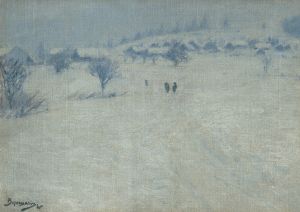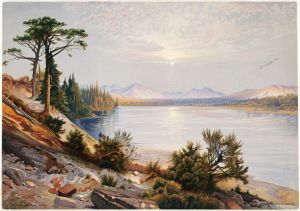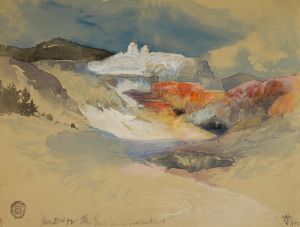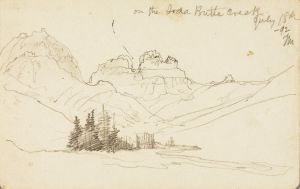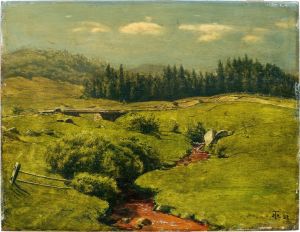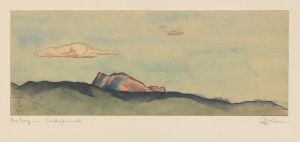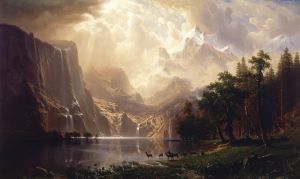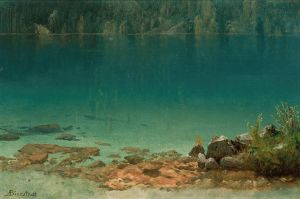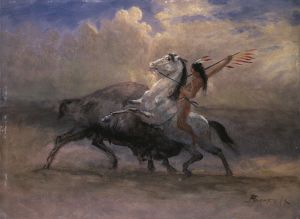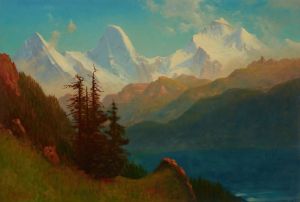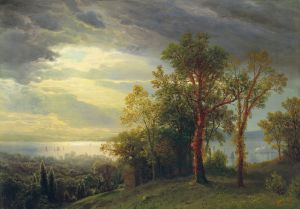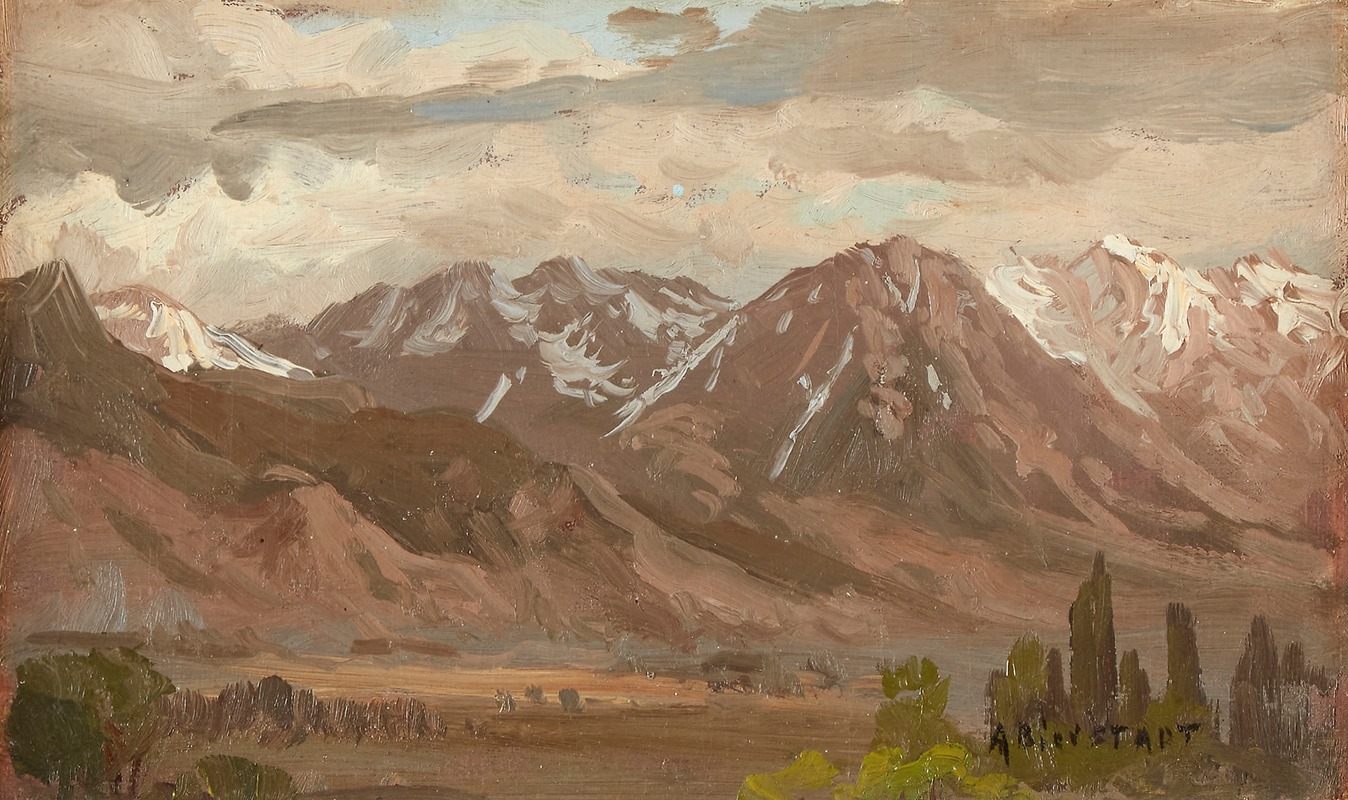
Montana Landscape
A hand-painted replica of Albert Bierstadt’s masterpiece Montana Landscape, meticulously crafted by professional artists to capture the true essence of the original. Each piece is created with museum-quality canvas and rare mineral pigments, carefully painted by experienced artists with delicate brushstrokes and rich, layered colors to perfectly recreate the texture of the original artwork. Unlike machine-printed reproductions, this hand-painted version brings the painting to life, infused with the artist’s emotions and skill in every stroke. Whether for personal collection or home decoration, it instantly elevates the artistic atmosphere of any space.
"Montana Landscape" is a painting by the renowned 19th-century American artist Albert Bierstadt, who is best known for his grandiose landscapes of the American West. Bierstadt was a key figure in the Hudson River School, a group of painters who were inspired by the natural beauty of the American landscape and sought to capture its majesty and grandeur on canvas. His works are characterized by their dramatic use of light and shadow, meticulous attention to detail, and expansive compositions.
Albert Bierstadt was born in Solingen, Germany, in 1830 and emigrated with his family to the United States in 1831. He grew up in New Bedford, Massachusetts, and later returned to Europe to study painting in Düsseldorf, Germany. Upon his return to the United States, Bierstadt became fascinated with the American West, which was largely unexplored and unknown to many Americans at the time. He joined several expeditions to the West, where he sketched and gathered material for his paintings.
"Montana Landscape" is one of Bierstadt's many works that depict the vast and rugged terrain of the American West. While specific details about the creation and exhibition history of "Montana Landscape" are not extensively documented, Bierstadt's works from this period often reflect his experiences and observations from his travels. His paintings typically feature sweeping vistas, towering mountains, and serene bodies of water, all rendered with a keen eye for the interplay of light and atmosphere.
Bierstadt's technique involved creating large-scale paintings that conveyed the awe-inspiring beauty and scale of the Western landscape. He often employed a technique known as luminism, which emphasized the effects of light and the clarity of the atmosphere. This approach allowed him to create a sense of depth and realism that captivated viewers and brought the distant and exotic landscapes of the West to life.
The significance of Bierstadt's work lies not only in its artistic merit but also in its role in shaping the perception of the American West during the 19th century. His paintings were exhibited widely and attracted considerable attention, helping to fuel interest in westward expansion and the idea of Manifest Destiny. Bierstadt's romanticized depictions of the West contributed to the popular image of the region as a land of untamed beauty and limitless potential.
While "Montana Landscape" specifically may not be as widely recognized as some of Bierstadt's other works, such as "The Rocky Mountains, Lander's Peak" or "Among the Sierra Nevada, California," it nonetheless embodies the same qualities that define his oeuvre. The painting serves as a testament to Bierstadt's skill as an artist and his enduring fascination with the natural world.
In summary, Albert Bierstadt's "Montana Landscape" is a representation of the artist's dedication to capturing the splendor of the American West. Through his masterful use of light, composition, and detail, Bierstadt created works that continue to inspire appreciation for the beauty and majesty of the natural landscape.





